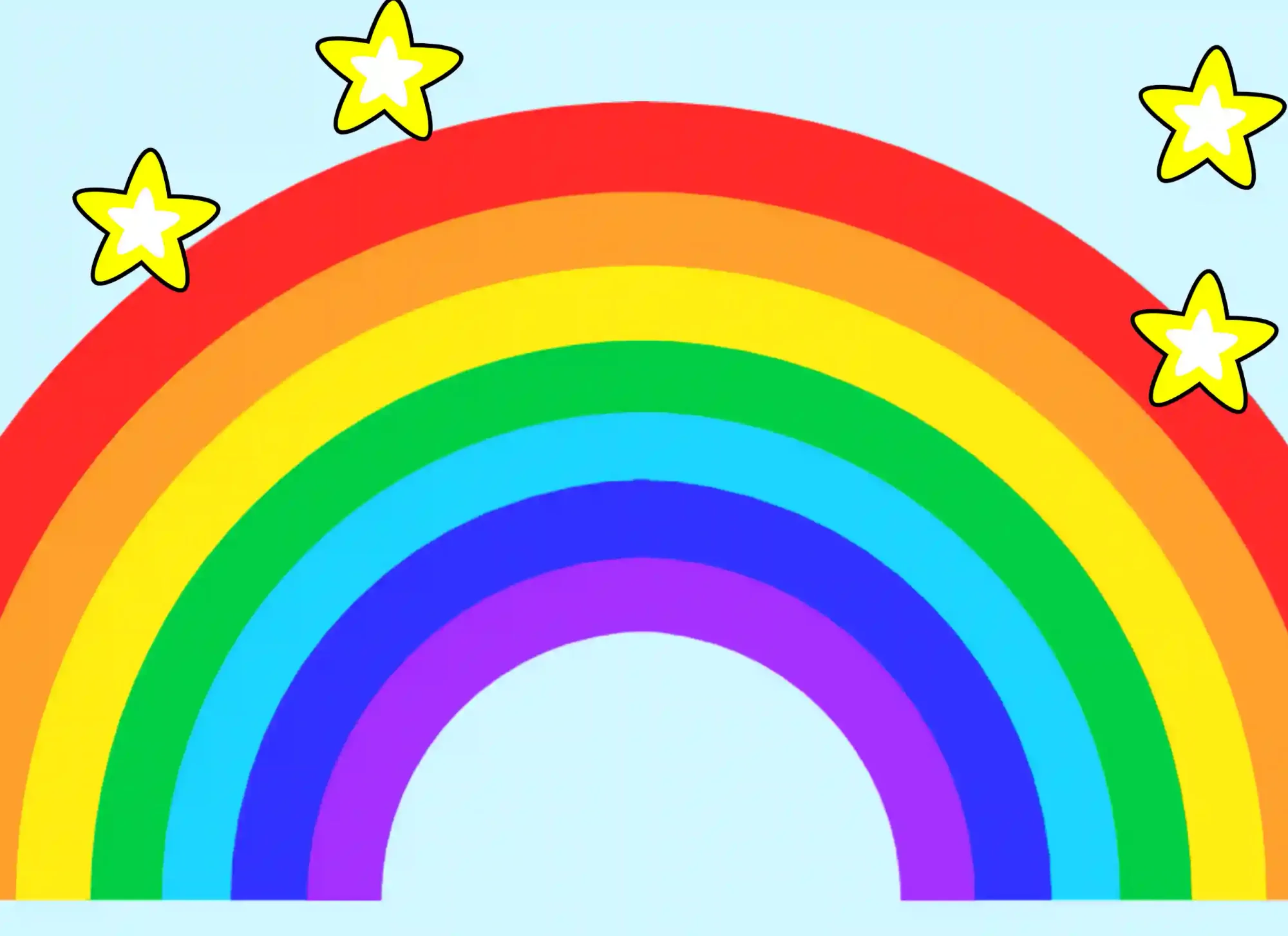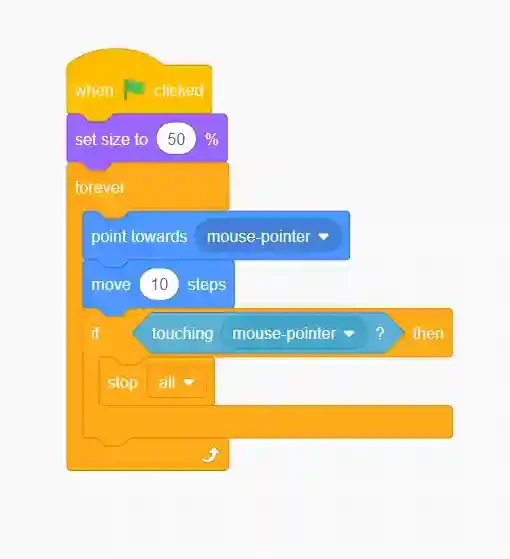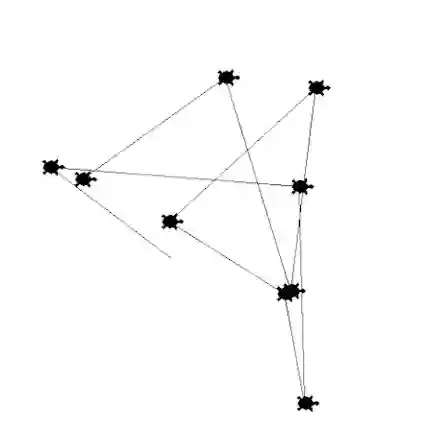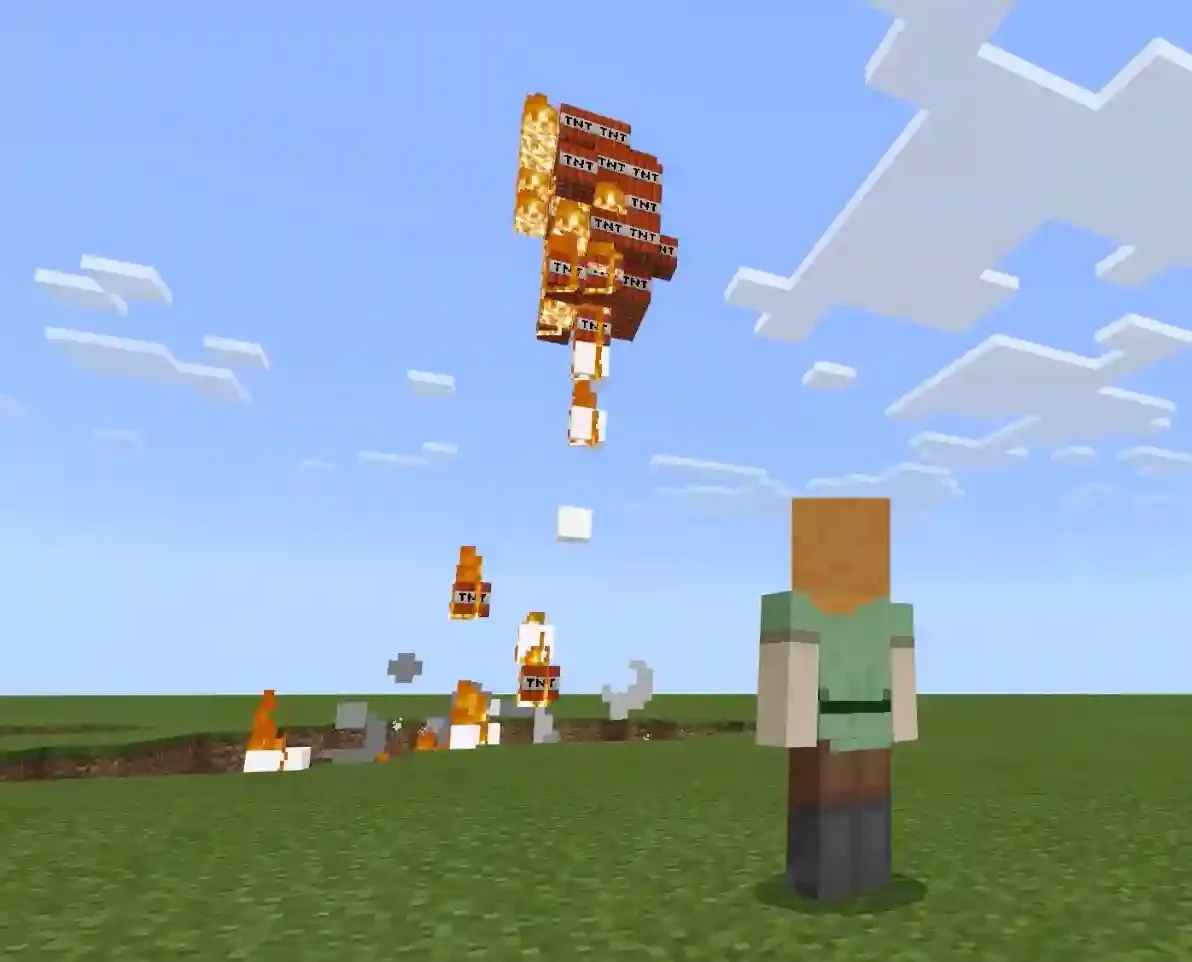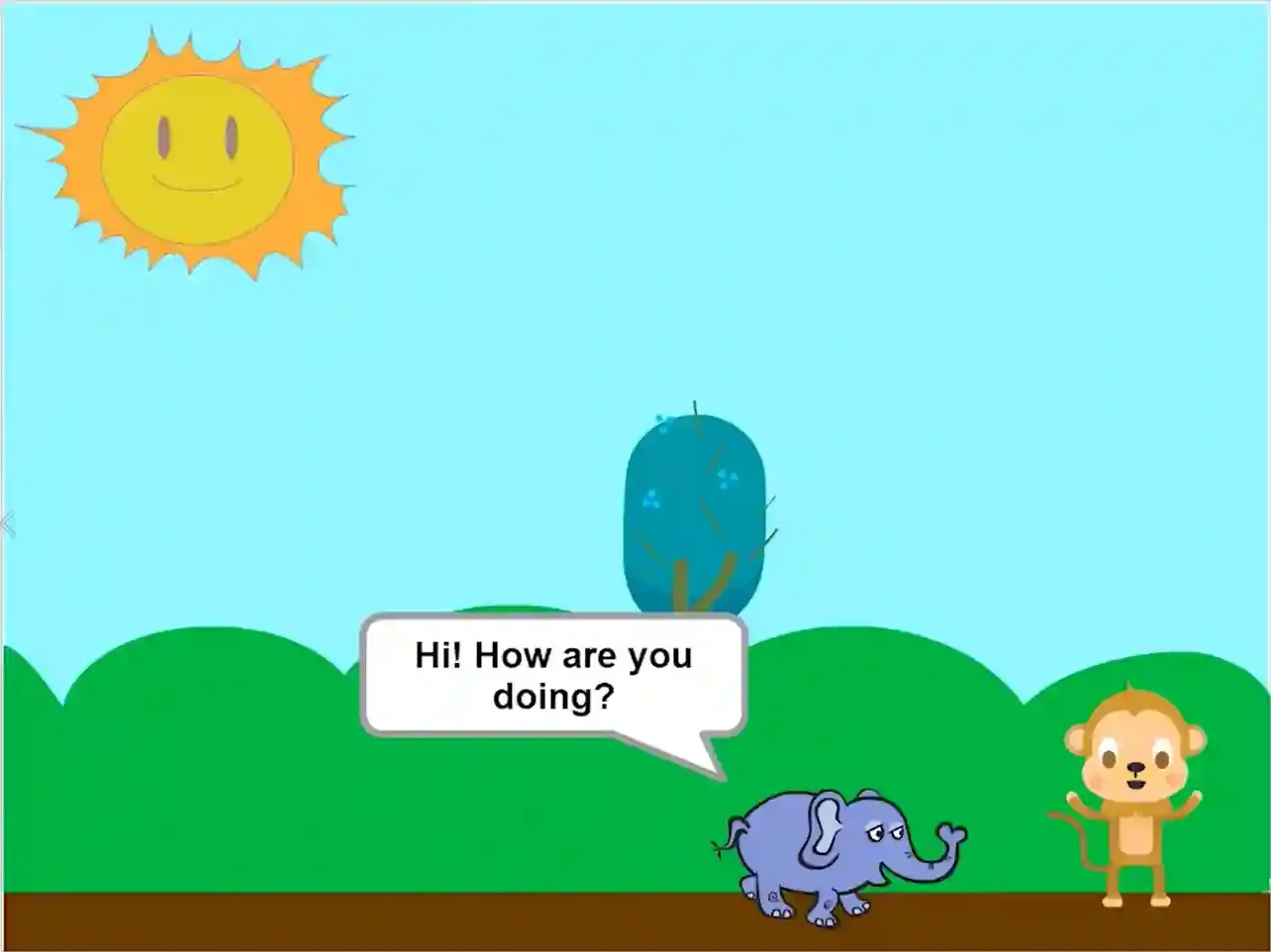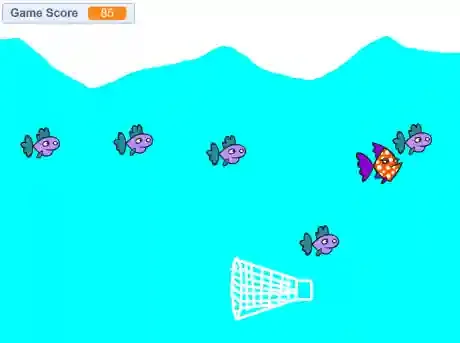Online Coding Classes

Online Coding Classes
Kodeclik's online coding classes bring our in depth and unique curriculum to students through an instructor led format with small class sizes. Groups of 4-6 students are taught online for semester consisting of 16 weeks. The live classes are great for students who are looking to learn coding in depth and gain mastery in programming. The small class sizes enable us to tailor the speed of the class to the students’ pace and we also offer group registrations for 3 or more students.


